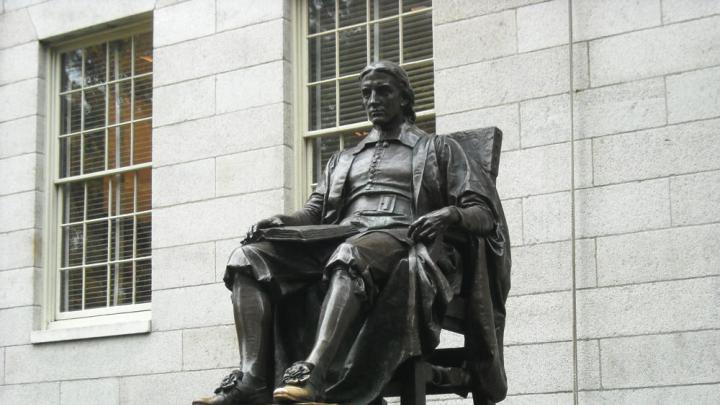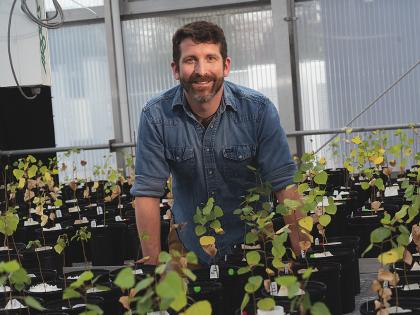The College has admitted 13.4 percent of early-action applicants to the class of 2023, down slightly from 14.5 percent admitted from the early-action pool last year. Of the 6,958 students who applied through the program, 935 were admitted. (Last year, 964 of 6,630 applicants were admitted).
The University’s statement stressed that significantly more women admitted this year intended to concentrate in the sciences: “Nearly 53 percent of those indicating the physical sciences as their proposed academic concentration are women, compared to 33 percent last year.” Of students interested in studying computer science, 43 percent were women, compared to 29 percent last year.
“The increased focus on physical and computer science comes at an exciting time at Harvard,” the statement says. The University has recently launched two intellectual initiatives in the sciences, in quantitative biology and in quantum science.
The class’s demographics are similar to last year’s admits: African-American students make up 12 percent of early admits, compared to 13.9 percent of last year’s group. Asian-American students make up 26.1 percent of admits, compared to 24.2 percent last year (and 21.7 percent the previous year—notable in light of the current lawsuit alleging that Harvard discriminates against Asian Americans in admissions); Latinos make up 10.1 percent (9.9 percent last year); and 1 percent of admitted students are Native American or Native Hawaiian, compared to 1.8 percent last year. Ten percent of the admits are first-generation college students, similar to last year’s number.
Total cost of attendance will likely approach $70,000 in the next academic year (the figure is $67,580 currently, and growing about 4 percent each year), but the College’s financial-aid program reduces tuition and fees far below the sticker price for most students. Students from families earning less than $65,000 pay nothing, and 60 percent of the entire student body receives grant-based financial aid, paying $12,000 per year on average.








